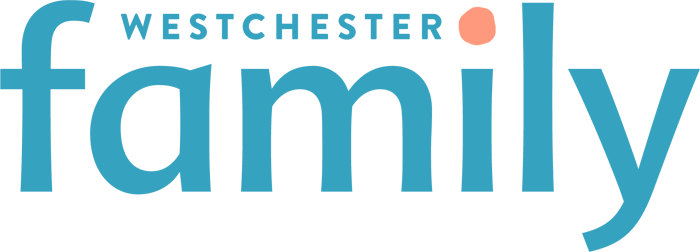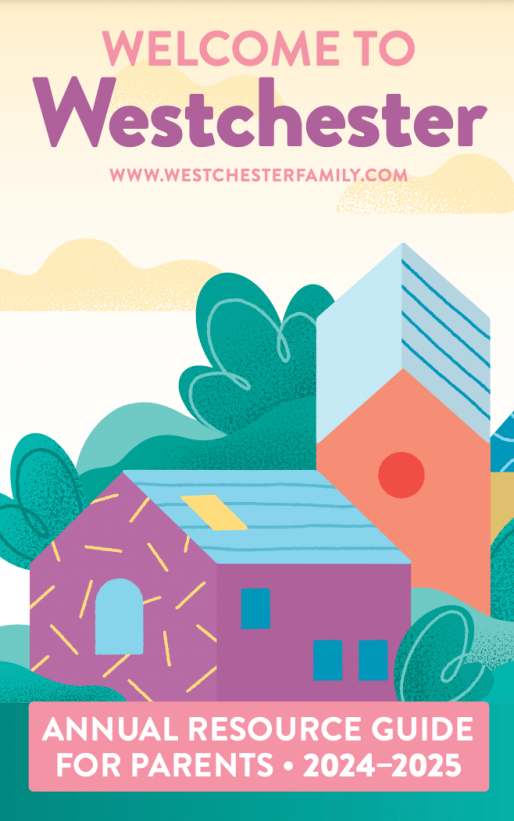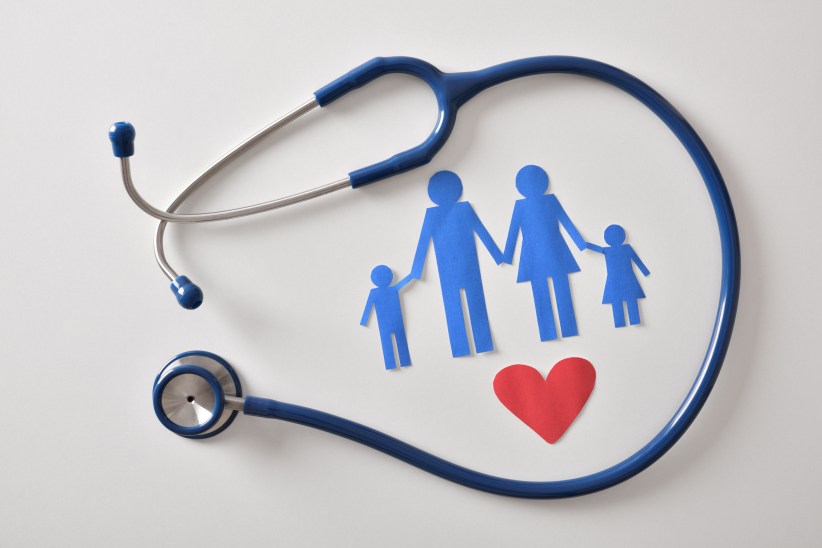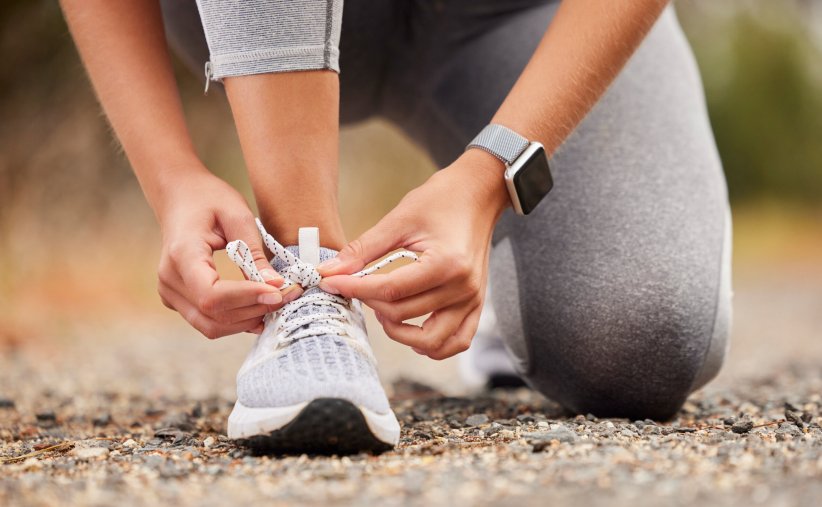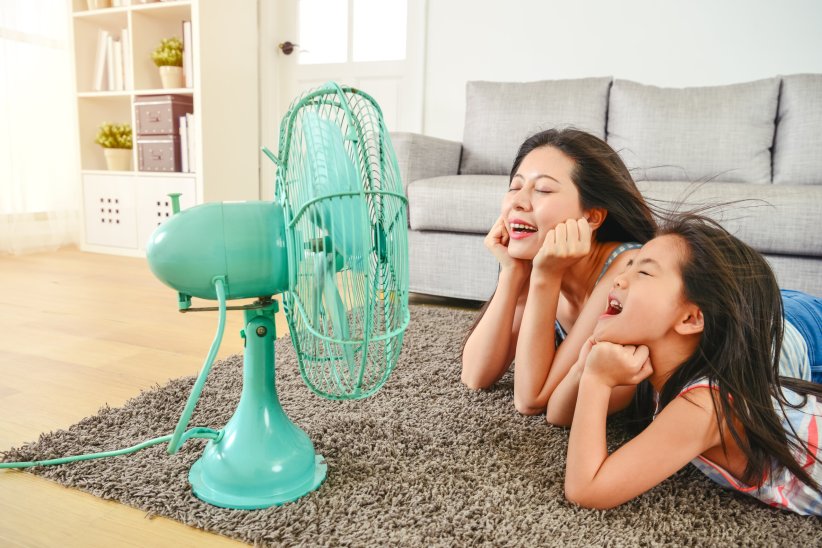As a mom of two curly haired girls I am always a bit dismayed when they get their haircuts and they ask to have their hair blow dried straight. Why can’t they just learn to accept their luscious locks and go au naturel? Luckily blow-drying their hair straight occasionally doesn’t cause any significant damage or involve chemical processing but if you are considering a keratin treatment for your daughter, you should be aware that there are a number of health risks.
Health risks of formaldehyde
We spoke with Amy Brown, M.D., an attending physician in pediatric pulmonology at Maria Fareri Children’s Hospital at Westchester Medical Center in Valhalla to learn about the potential health hazards of keratin. Brown is also an environmental health scholar at the Children’s Environmental Health Center of the Hudson Valley.
Keratin treatments offer shiny, silky smooth hair but they often contain formaldehyde (or another chemical that releases formaldehyde). When formaldehyde is heated during a keratin treatment, it is released at more concentrated levels. Formaldehyde is a colorless gas and can actually be found in a wide variety of uses including as an embalming preservative in funeral homes and medical labs. Cigarette smoke also contains formaldehyde.
“I think of formaldehyde as an irritant and an allergen and also of its carcinogenic potential,” explains Brown. It can cause a reaction in the airways (nose, mouth, and throat) and can produce an allergic reaction in the skin, eyes, and respiratory tract. It can cause coughing and wheezing and can trigger asthma and eczema. “Preteens and children are more vulnerable to any environmental toxins. When people think about formaldehyde exposure, they only think about what it is doing to their own body [during a treatment] but it can also affect the cells of future offspring. We know that formaldehyde is released during the product’s application and when it is heated or blow dried but we don’t know how much formaldehyde is released a few days or months after the initial application.”
Formaldehyde is classified as a class 1B carcinogen by the World Health Organization’s International Agency for Research on Cancer meaning that there is strong evidence that it causes cancer in animals and some human evidence but the data isn’t as robust. It has been linked to nasopharyngeal cancer (a type of head and neck cancer) and leukemia.
Confusing product labels
The Food and Drug Administration (FDA) does not regulate hair treatments and many products that actually contain formaldehyde actually do not contain that information on the product label. When the keratin treatment is heated, other chemicals that release formaldehyde are present including methylene glycol, formalin, methylene oxide, paraform, formic aldehyde, methanol, oxomethane, oxymethylene or CAS Number 50-00-0. Some hair products that contain these chemicals were labeled as “formaldehyde-free” and the FDA has since required keratin makers to change their labeling because they deemed it as false and misleading.
Advice for parents
As a mom of girls, Brown understands that image is so important for them but she advocates giving girls a positive self-image and delaying the use of keratin treatments instead. If they still want one, make sure the application happens in a well-ventilated area and “each time they blow dry their hair, open up a window to mitigate risk.”
Other advice for parents:
• Don’t take your child to a salon if you are having the treatment done on yourself.
• Consider the risk if your teen wants to work in a salon. Many teens work summer or part-time jobs in salons where exposure to formaldehyde can be high.
• Limit the number of times one receives keratin treatments to peak high frizz seasons like summer.
• Ask what product will be applied to the hair and read the product label carefully.
• Brown also cautions about formaldehyde-containing products in nail salons.
Alternatives to traditional keratin treatments
Some salons are opting for smoothing treatments that are formaldehyde-free or contain lower amounts than other products on the market. Zokkoz Salon in Briarcliff Manor is owned by Jillian Sherman, a mother of a 2-year-old son who is concerned about the product safety of keratin treatments. In her opinion, “no one should be getting keratin done until they are finished with puberty.”
Nevertheless, whenever clients ask her for keratin treatments, she makes education a priority. “There is a lot of misinformation out there about these products,” she adds. Sherman researched keratin products for months before deciding to use Lasio on her clients. “The product contains 0.02% of formaldehyde whereas other products on the market contain 1.5-5% formaldehyde. It decreases frizz and straightens curls,” she explains. She also has encouraged many of her Lasio clients to use Cezanne, a smoothing treatment that defrizzes but does not produce poker straight hair. For parents and their children it’s good news that there are straightening and smoothing products available that are formaldehyde-free, or nearly formaldehyde-free, which offer a safer alternative.
Stacey Pfeffer is a writer and editor based in Chappaqua.
Danger Alert
The Environmental Working Group (EWG) lists these keratin products as dangerous:
• Brazilian Blowout
• Brasil Cacau Cadiveau
• Keratin Complex Smoothing Therapy
• Marcia Teixeira
• Keratin Express
• KeraGreen
• Tahe
• R & L


